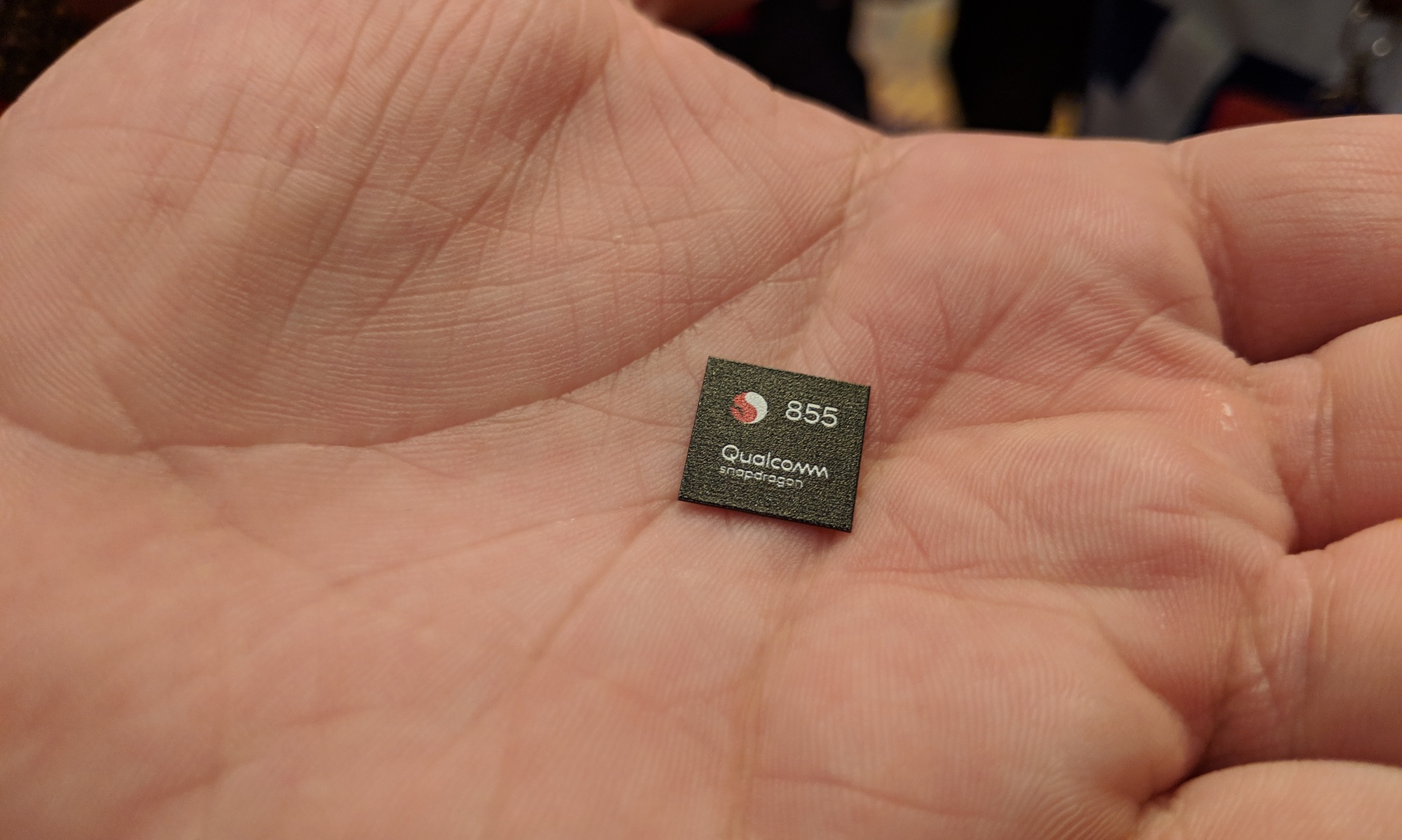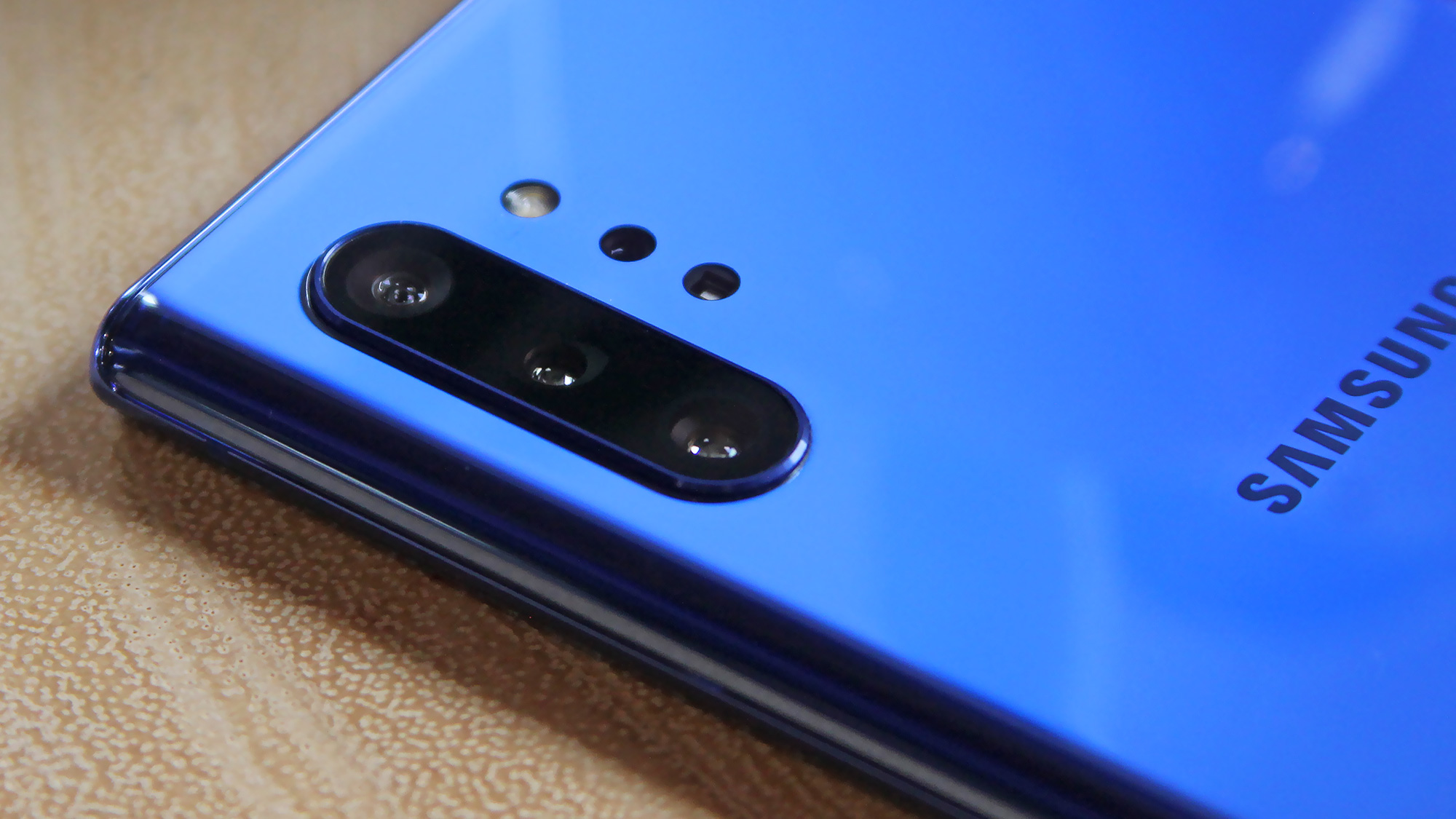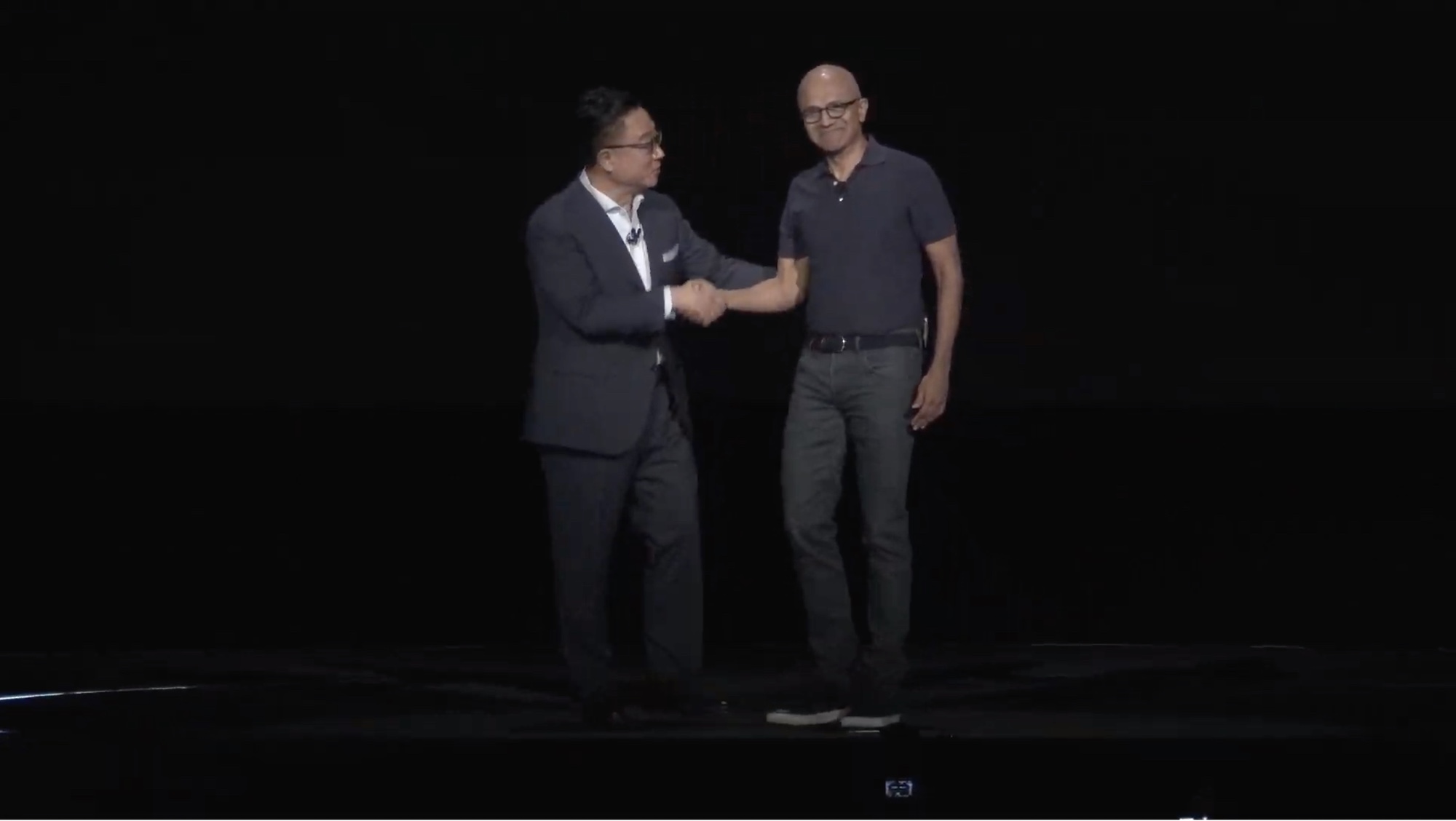Galaxy Note 10 a Bust? The Rumors That Didn’t Pan Out

Rumors about smartphones can be fun, fascinating and — with greater frequency than most device makers would care admit — factual. They can also set expectations for a coming handset, giving us a sense of what an upcoming smartphone might offer right before we head into a high-profile product launch.
And sometimes, smartphone rumors can get things very, very wrong.
Such was the case with the Galaxy Note 10 and Galaxy Note 10 Plus released by Samsung yesterday (Aug. 7). Tipsters and leakers got plenty right about Samsung's latest phones, including the fact that there would be two differently sized models of Samsung's new phablet.
In fact, if you followed the ebb and flow of Note 10 rumors as they picked up steam throughout 2019, you would have gone into Samsung's Unpacked event with a pretty good picture of what Samsung had planned. You would have known the number of cameras on both phones (three rear shooters, plus a time-of-flight sensor in the case of the Note 10 Plus), the different screen resolutions on the two models (including the Note 10's slightly disappointing FHD+ resolution) and even the fact that both phones could support 45-watt charging even if Samsung wasn't planning on including a compatible charger with its new handsets.
But there were also a few rumors surrounding the Note 10 that didn't pan out, and we can't pretend we aren't a little bit disappointed. Not with the rumormongers who swung and missed, necessarily — rather, it's a bummer that some of these cool-sounding features and enhancements didn't make it into the finished version of the Galaxy Note 10.
No Snapdragon 855+
Look, Qualcomm's Snapdragon 855 processor is the best mobile CPU you can find in an Android phone these days. We know, because it's already in a lot of high-end Android phones, including Samsung's own Galaxy S10 lineup. So when some rumors suggested that a souped-up version of the Snapdragon 855 would make it into the Galaxy Note 10 — or that Samsung would just turn to its new Exynos 9825 chipset for all Note 10 models and not just the ones shipping outside of the U.S. — we were pretty excited. After all, we've seen what the Snapdragon 855 is capable of; we were hoping to see how Samsung's high-performance phone might push the envelope a little further.

The Snapdragon 855+ is the enhanced version of Qualcomm's top-of-the-line silicon that is really meant to boost graphics performance. This chip certainly would have been welcome in Samsung's latest phone, especially since there are other gaming-friendly features in the Note 10 Plus. Instead, the Snapdragon 855+ and its faster prime CPU core and peppier GPU will be headed to the gaming-focused Asus' ROG Phone 2 first.
Get instant access to breaking news, the hottest reviews, great deals and helpful tips.
No changes to the main camera
The Galaxy Note 10 is not without camera improvements, but they're largely on the software side. You can now use Live Focus in video, selectively applying color to highlight your video's subject, while a Zoom-In Mic feature lets you highlight the audio from a specific part of the video. The Note 10 includes a video-editing app optimized for the phablet's S Pen, too.

We'll see how those features perform when we get more of a chance to test the phone. But we can't help but be underwhelmed that the camera hardware is virtually indistinguishable from what the Galaxy S10 offers — especially since multiple rumor sites predicted an improvement to the Note 10's main camera. Specifically, the Note 10 was expected to build on the variable aperture feature Samsung first introduced in the Galaxy S9. Instead of just two apertures — f/1.5 and f/2.4 — we were supposed to get a third, giving us more flexibility to optimize the Note 10's camera depending on the available lighting. Sadly, it didn't happen.
Samsung has plenty of camera improvements in the works. Reports in May claimed the company had developed an ultra-slim optical 5x zoom module and its upcoming Isocell Bright GW1 64-megapixel image sensor has produced some pretty incredible images. But we're going to have to wait until next year's Galaxy S11 before we start seeing those improvements.
No 90Hz display
When a poster in a Reddit thread claimed to have used a Note 10 with a 90Hz display, we didn't get our hopes up that Samsung's new phone would sport the faster refresh rate. After all, several prominent leakers quickly dismissed the rumor of a smoother scrolling display. How can you miss what was never really there?

Well, if you've seen how smoothly things scroll on the OnePlus 7 Pro — which does have that 90Hz refresh rate, you'd know why we're bummed that Samsung didn't follow OnePlus' lead. Just scrolling down a web page on that phone is so smooth, you can barely believe your eyes. Maybe that's another feature the Galaxy S11 can adopt next year.
An enhanced water resistance rating
To be honest, a tweet last week that the Note 10 would have "a new IP69 Water Resistant Rating" seemed more like a typo than a realistic feature. Plenty of phones, including Samsung's flagships, sport an IP68 rating, meaning they can survive a dunk in up to 30 meters of water. But an IP69 rating means your device can withstand high-pressure, high-temperature water — not the sort of thing a smartphone is likely to have to endure, unless you make it a habit to wander through car washes.
And now that the Note 10 has been unveiled, the spec sheet lists the water resistance rating you'd expect from a flagship phone — IP68. Step away from those high-pressure hoses.
Bottom line
Again, the Note 10 rumormongers had more hits than misses, and even some of those misses were debunked quickly enough. Perhaps most encouraging was that one feature that didn't get a lot of play — Samsung's tighter integration with Microsoft. While at least one rumor correctly pegged that Microsoft's Your Phone would be integrated with the Note 10, allowing you to see phone notifications and text messages on a Windows PC, the extent of the Samsung-Microsoft partnership was still a surprise at the Note 10's unveiling. That includes bundled Microsoft apps on the Note 10 and the ability to make and receive calls from your PC later this year.

It's not as eye-catching feature as an enhanced processor or a smooth-scrolling display, but it's the kind of capability that enhances the Galaxy Note's reputation as the phone you turn to when you need to get things done.
Philip Michaels is a Managing Editor at Tom's Guide. He's been covering personal technology since 1999 and was in the building when Steve Jobs showed off the iPhone for the first time. He's been evaluating smartphones since that first iPhone debuted in 2007, and he's been following phone carriers and smartphone plans since 2015. He has strong opinions about Apple, the Oakland Athletics, old movies and proper butchery techniques. Follow him at @PhilipMichaels.

